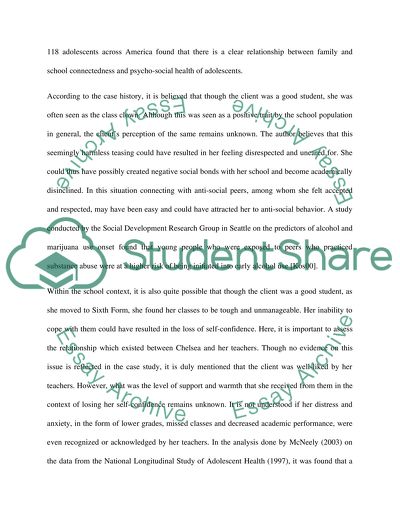Cite this document
(“Case Study : Chelsea Chaplin (17) achieved good GCSE results and up Essay”, n.d.)
Case Study : Chelsea Chaplin (17) achieved good GCSE results and up Essay. Retrieved from https://studentshare.org/psychology/1465984-case-study-chelsea-chaplin
Case Study : Chelsea Chaplin (17) achieved good GCSE results and up Essay. Retrieved from https://studentshare.org/psychology/1465984-case-study-chelsea-chaplin
(Case Study : Chelsea Chaplin (17) Achieved Good GCSE Results and up Essay)
Case Study : Chelsea Chaplin (17) Achieved Good GCSE Results and up Essay. https://studentshare.org/psychology/1465984-case-study-chelsea-chaplin.
Case Study : Chelsea Chaplin (17) Achieved Good GCSE Results and up Essay. https://studentshare.org/psychology/1465984-case-study-chelsea-chaplin.
“Case Study : Chelsea Chaplin (17) Achieved Good GCSE Results and up Essay”, n.d. https://studentshare.org/psychology/1465984-case-study-chelsea-chaplin.


